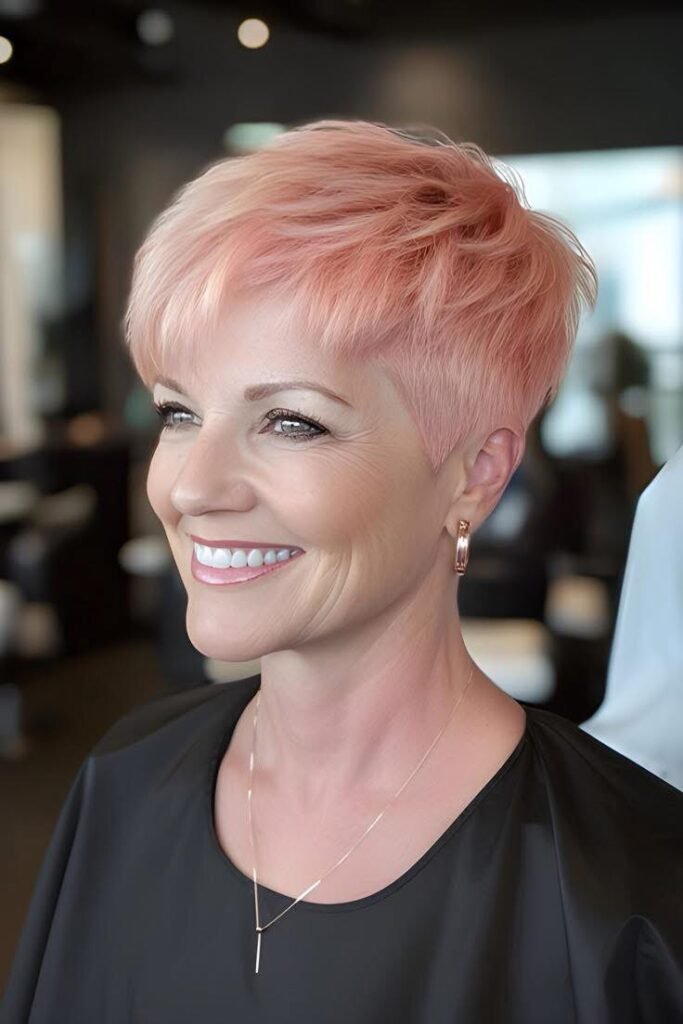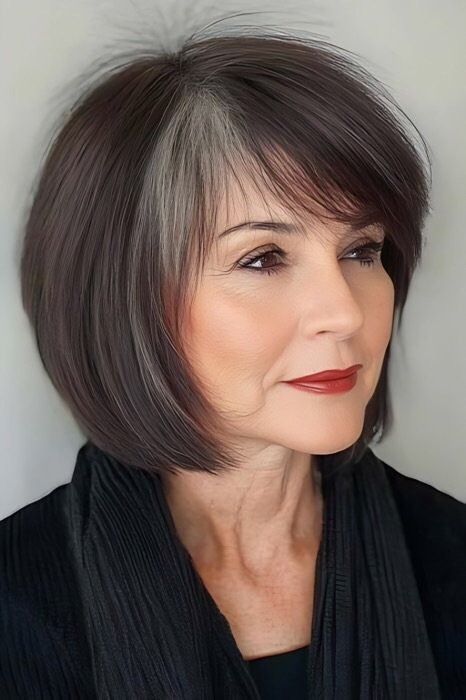
Newsletter Subscribe
Enter your email address below and subscribe to our newsletter

Enter your email address below and subscribe to our newsletter


Tipping can be a confusing and sometimes awkward part of any beauty service, especially when it comes to something as personalized and skill-intensive as hair coloring. When you’re paying $150 or more for a professional hair color service, figuring out the right gratuity amount isn’t always straightforward. Should you tip 15%, 20%, or even more? Does the salon owner get a tip? What if you’re unhappy with the results?

This comprehensive guide will break down everything you need to know about tipping for a $150 hair color service, including industry standards, factors that might adjust your tip, and expert advice to ensure you’re being both fair and appreciative of your stylist’s hard work.

Hair coloring is an art form that requires extensive training, precision, and creativity. Unlike a simple haircut, color services involve multiple steps—consultation, formulation, application, processing, toning, and styling—all of which demand significant time and expertise. A great colorist can transform your look, boost your confidence, and help you maintain healthy hair, which is why tipping is a crucial way to show appreciation for their effort.
Many stylists rely on tips as a substantial part of their income, especially since base wages in the beauty industry can be modest. A generous tip not only rewards excellent service but also helps build a strong relationship with your colorist, ensuring they prioritize your satisfaction in future visits.

The general rule for tipping in the beauty industry is 15% to 20% of the total service cost. For a $150 hair color service, this means:
However, many clients choose to tip more—sometimes up to 25%—for exceptional results, intricate techniques (like balayage or corrective color), or if their stylist went above and beyond (e.g., staying late, accommodating last-minute changes, or providing extra treatments).


While tipping is customary, there are rare cases where adjusting the amount (or withholding it) may be warranted:

This is a frequently debated topic. Traditionally, clients didn’t tip salon owners because they kept all service profits. However, modern practices vary. Some owners still decline tips, while others appreciate them, especially if they’re actively performing services.
What to do?

Hair coloring often involves multiple team members. If any of these professionals assisted in your service, consider tipping them as well:

While most salons accept tips via card, cash is often preferred because:
If you must tip via card, ask if the salon distributes electronic tips the same day.

If budget constraints make a full 20% difficult, consider:
Remember, consistent tipping builds goodwill, so if you plan to return, your stylist will appreciate the effort.

If you’re unhappy with your results, address it politely but promptly:

At the end of the day, tipping isn’t just about money—it’s about acknowledging the skill, time, and care your colorist put into making you look and feel your best. For a $150 hair color service, a $30 tip (20%) is a fair and appreciated standard, but always consider the circumstances and your satisfaction level.
By tipping generously when deserved, you support your stylist’s craft and ensure they continue delivering the stunning results you love. Happy coloring!
Would you like any personal anecdotes or additional tipping scenarios included for further depth? Let me know how I can refine this guide for your readers!